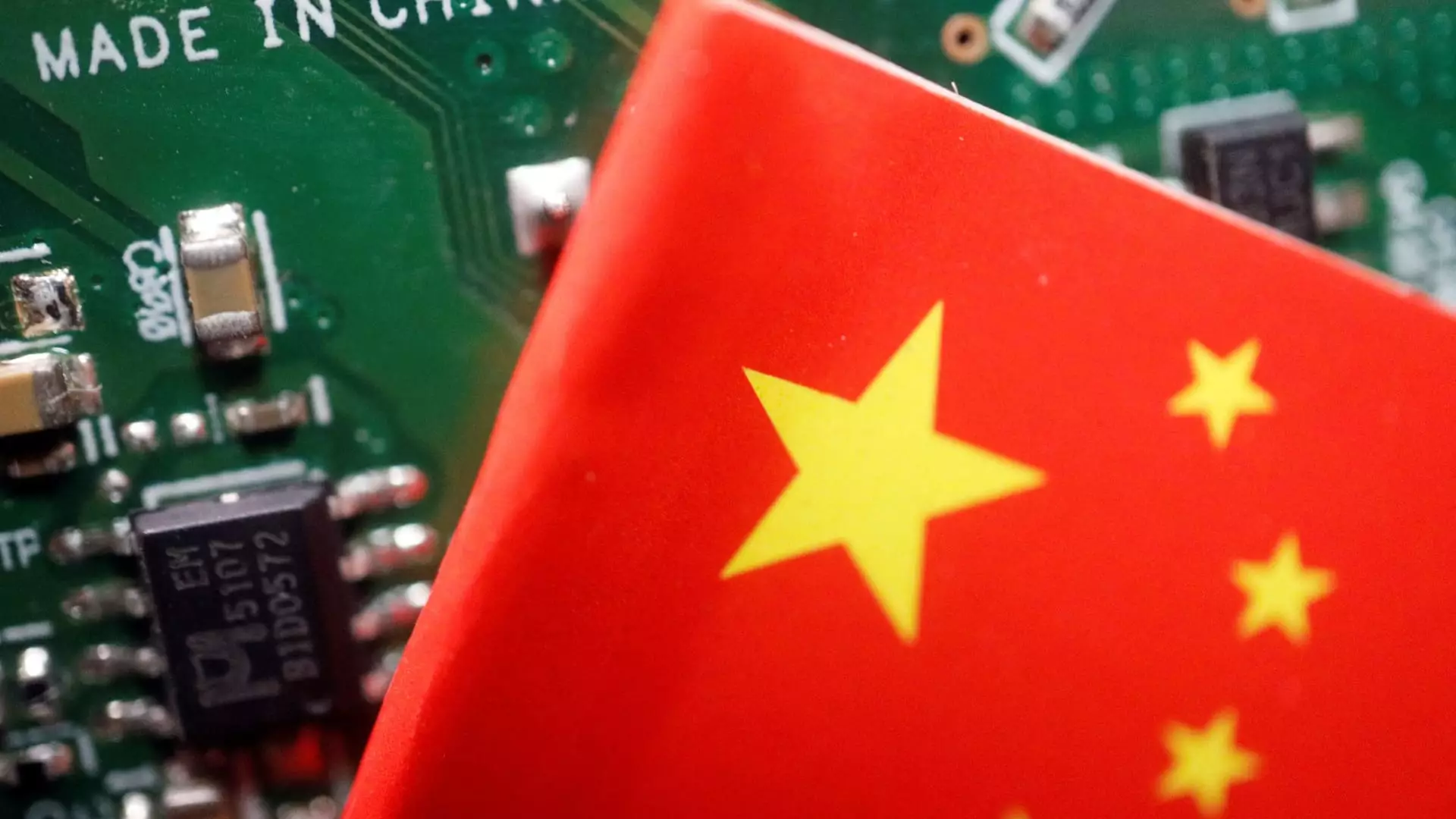China’s Semiconductor Manufacturing International Co. (SMIC) has been pursuing the manufacturing of advanced chips, despite facing U.S. sanctions. These sanctions aim to slow down China’s progress in the semiconductor industry. While SMIC’s advancements seem significant, there are still concerns regarding the long-term viability of China’s bid for self-sufficiency in this field.
SMIC, as China’s largest contract semiconductor manufacturer, manufactured a chip for Huawei’s Mate 60 smartphone using a 7 nanometer process. The nanometer size refers to the size of each individual transistor on a chip. The smaller the transistor, the more powerful and efficient the chip tends to be. Although the 7 nanometer process is not the latest technology, it is considered highly advanced in the semiconductor world. However, recent reports suggest that SMIC is setting up new production lines to manufacture 5 nanometer chips for Huawei, indicating further advancements in chip manufacturing.
U.S. sanctions have been imposed to impede China’s ability to produce the world’s most advanced chips. SMIC was added to the U.S. trade blacklist, known as the Entity List, in 2020, which cut off the company from key foreign technologies required for producing more advanced chips. Additionally, the U.S. has urged other nations to impose similar restrictions on China. The Netherlands, for example, introduced export restrictions on “advanced” semiconductor manufacturing equipment, including lithography machines critical for making the most advanced chips. These restrictions have posed significant challenges for SMIC’s chip manufacturing capability.
Reports suggest that SMIC is using older chipmaking tools to manufacture more advanced chips. This approach presents two major challenges. Firstly, the use of older equipment increases production costs compared to the use of state-of-the-art machinery. Secondly, the yield, which refers to the number of usable chips produced, is lower with older equipment. SMIC is reported to have charged 40% to 50% more for products from its 5 nanometer and 7 nanometer production processes compared to Taiwan Semiconductor Manufacturing Company (TSMC), the world’s largest and most advanced contract chip manufacturer.
To overcome the challenges posed by using older equipment, SMIC aims to improve capabilities and yields by working closely with domestic tool makers and drawing on outside expertise, such as from Huawei. However, this approach is unlikely to be sustainable in the long run. The expenses associated with each generation of more advanced chips will continue to rise unless SMIC can access an ASML EUV machine from the Netherlands. This machine would enable SMIC to overcome current yield issues and reduce manufacturing costs significantly.
China and SMIC may choose to invest more money to address current yield issues. In fact, the investment might even come from the government, as this has become a matter of national prestige. However, underwriting higher costs with each subsequent generation of chips will become increasingly challenging. Ultimately, having access to advanced machinery like the ASML EUV machine will be crucial for China’s semiconductor industry to compete at a global level.
China’s semiconductor industry faces significant challenges in its bid to become more self-sufficient. Despite defying U.S. sanctions and achieving advancements in chip manufacturing, SMIC’s reliance on older equipment limits its competitiveness and drives up production costs. The need to access cutting-edge technology and machinery is crucial for China to sustain its progress in the semiconductor industry. As global technological competition intensifies, the road to self-sufficiency will require innovative solutions and strategic investments to overcome the challenges at hand.


Leave a Reply